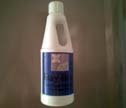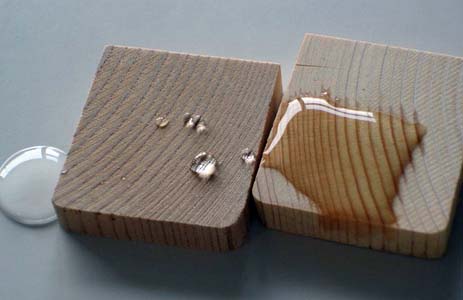Green Building Council
“A Green Building uses less energy, water and natural resources, create less waste and is healthier for the people living inside compared to a standard building” …..India Green Building Council Buildings account for one-sixth of the world's fresh water withdrawals, one-quarter of its wood harvest, and two-fifths of its material and energy flows. Building "green" is an opportunity to use our resources efficiently while creating healthier buildings that improve human health, build a better environment, and provide cost savings.




A green building, also known as a sustainable building, is a structure that is designed, built, renovated, operated, or reused in an ecological and resource-efficient manner. Green buildings are designed to meet certain objectives such as protecting occupant health; improving employee productivity; using energy, water, and other resources more efficiently; and reducing the overall impact to the environment.
A green building may cost more up front, but saves through lower operating costs over the life of the building. The green building approach applies a project life cycle cost analysis for determining the appropriate up-front expenditure. This analytical method calculates costs over the useful life of the asset. These and other cost savings can only be fully realized when they are incorporated at the project's conceptual design phase with the assistance of an integrated team of professionals. The integrated systems approach ensures that the building is designed as one system rather than a collection of stand-alone systems. Some benefits, such as improving occupant health, comfort, productivity, reducing pollution and landfill waste are not easily quantified. Consequently, they are not adequately considered in cost analysis.
• Start by selecting a site well suited to take advantage of mass transit.
• Protect and retain existing landscaping and natural features. Select plants that have low water and pesticide needs, and generate minimum plant trimmings. Use compost and mulches. This will save water and time.
• Recycled content paving materials, furnishings, and mulches help close the recycling loop.
Most buildings can reach energy efficiency levels far beyond expectations, yet most only strive to meet the standard. It is reasonable to strive for 40 percent less energy than Title 24 standards. The following strategies contribute to this goal.
• Passive design strategies can dramatically affect building energy performance. These measures include building shape and orientation, passive solar design, and the use of natural lighting.
• Develop strategies to provide natural lighting. Studies have shown that it has a positive impact on productivity and well being.
• Install high-efficiency lighting systems with advanced lighting controls. Include motion sensors tied to dimmable lighting controls. Task lighting reduces general overhead light levels.
• Use a properly sized and energy-efficient heat/cooling system in conjunction with a thermally efficient building shell. Maximize light colors for roofing and wall finish materials; install high R-value wall and ceiling insulation; and use minimal glass on east and west exposures.
• Minimize the electric loads from lighting, equipment, and appliances.
• Consider alternative energy sources such as photovoltaic and fuel cells that are now available in new products and applications. Renewable energy sources provide a great symbol of emerging technologies for the future.
• Computer modeling is an extremely useful tool in optimizing design of electrical and mechanical systems and the building shell.
• Select sustainable construction materials and products by evaluating several characteristics such as reused and recycled content, zero or low off gassing of harmful air emissions, zero or low toxicity, sustainable harvested materials, high recyclables, durability, longevity, and local production. Such products promote resource conservation and efficiency. Using recycled-content products also helps develop markets for recycled materials that are being diverted from California's landfills, as mandated by the Integrated Waste Management Act.
• Use dimensional planning and other material efficiency strategies. These strategies reduce the amount of building materials needed and cut construction costs. For example, design rooms on 4-foot multiples to conform to standard-sized wallboard and plywood sheets.
• Reuse and recycle construction and demolition materials. For example, using inert demolition materials as a base course for a parking lot keeps materials out of landfills and costs less.
• Require plans for managing materials through deconstruction, demolition, and construction.
• Design with adequate space to facilitate recycling collection and to incorporate a solid waste management program that prevents waste generation.
• Design for dual plumbing to use recycled water for toilet flushing or a gray water system that recovers rainwater or other non potable water for site irrigation.
• Minimize wastewater by using ultra low-flush toilets, low-flow shower heads, and other water conserving fixtures.
• Use recalculating systems for centralized hot water distribution.
• Install point-of-use hot water heating systems for more distant locations.
• Use a water budget approach that schedules irrigation using the California Irrigation Management Information System data for landscaping.
• Meter the landscape separately from buildings. Use micro-irrigation (which excludes sprinklers and high-pressure sprayers) to supply water in non turf areas.
• Use state-of-the-art irrigation controllers and self-closing nozzles on hoses.